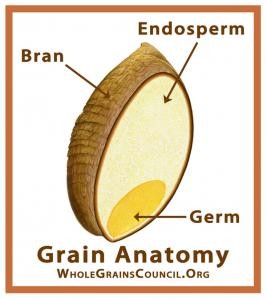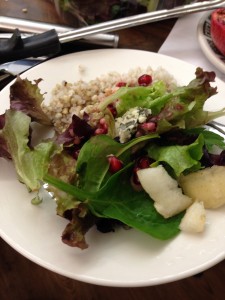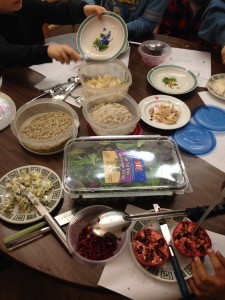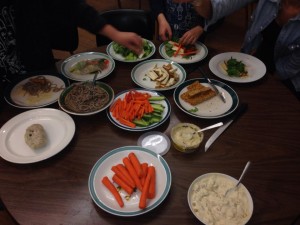Bees and Honey
We just kicked off our summer workshops this year after months of organizing and planning during our hiatus. This week, we worked with summer camp students at Maple Grove Elementary School. Our lesson was on the importance of bees to the environment. We discussed with the kids about what roles bees play in nature, what they do for us, an introduction the types of bees and how they go about collecting pollen and producing honey, and how we can help the declining population of bees. We took advantage of the beautiful sunny weather and allowed the kids to plant their own pollinator flowers in biodegradable cups. We wrapped up with some delicious honey tasting – a great treat for the kids and volunteers alike. Thank you to all the volunteers that took their time to help out (we had an awesome turnout!) and the summer camp coordinators for allowing us to teach the kids!
Interested in our lesson plan? Here’s a summary below:
The function of bees:
- Bees travel from flower to flower and carry pollen to other flowers, helping them grow.
- Without bees, there would be a large shortage in the flowers and plants in the world, including those that we depend upon for food.
Types of bees:
- Queen bee: the largest bee in the hive. She lays all of the eggs for the colony and maintains the population.
- Worker bee: the worker bees are all female bees that feed the queen and larvae and collect nectar to make honey. They have a proboscis for which they use to suck nectar out of flowers.
- Drone: drones are male bees. They do not collect pollen or nectar like a female bee but help to produce more larvae.
Bee habitat:
- Honey bees live in a large hive where they build a honeycomb. The nectar is deposited within and is transformed into honey for the bees to eat during the winter when there is a scarcity of available flowers. We can collect excess honey that the bees don’t need as a natural sweetener for ourselves.
- Bees have a dance to signal to other bees where to obtain a good source of nectar.
Help spread the word about bees to save our insect friends as we definitely need them! Check out our gallery for pictures from the workshop and follow us for updates about our workshops.

 Follow
Follow



